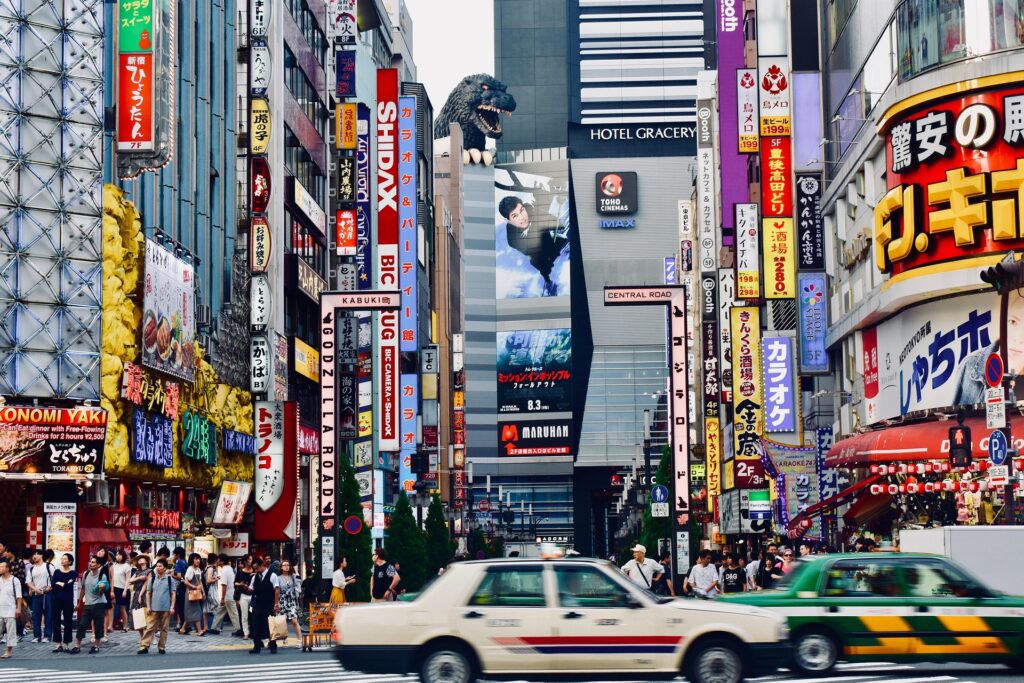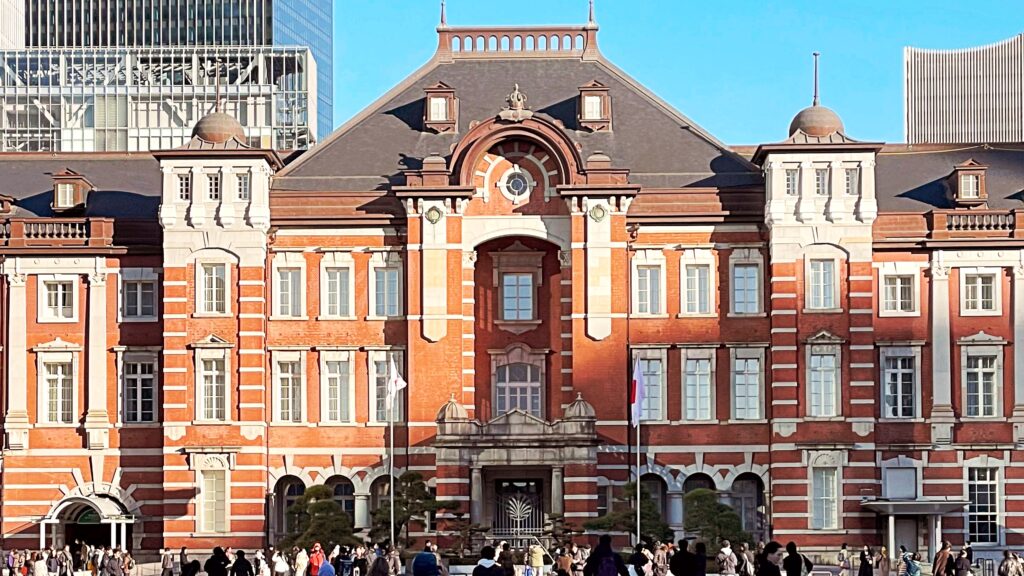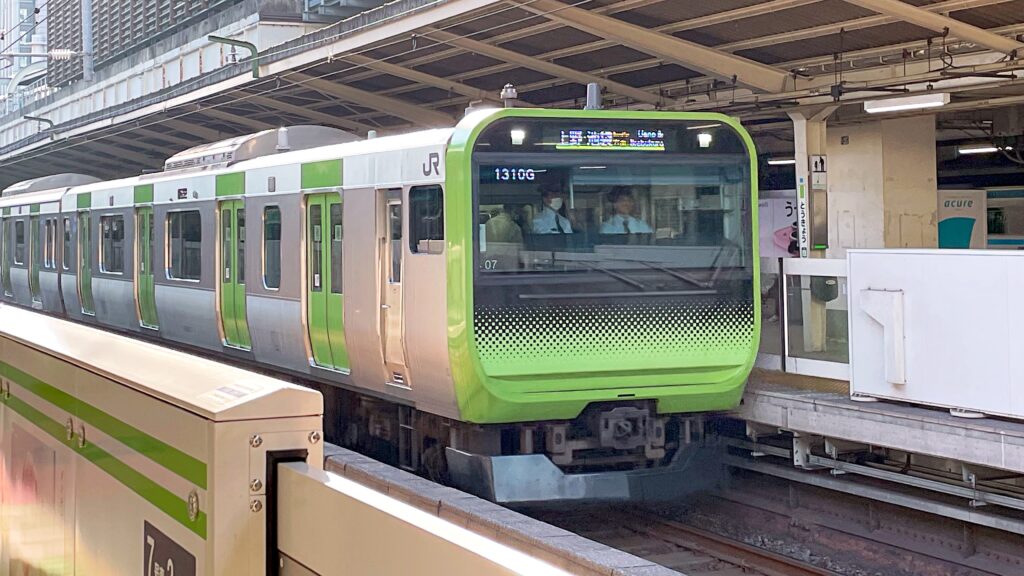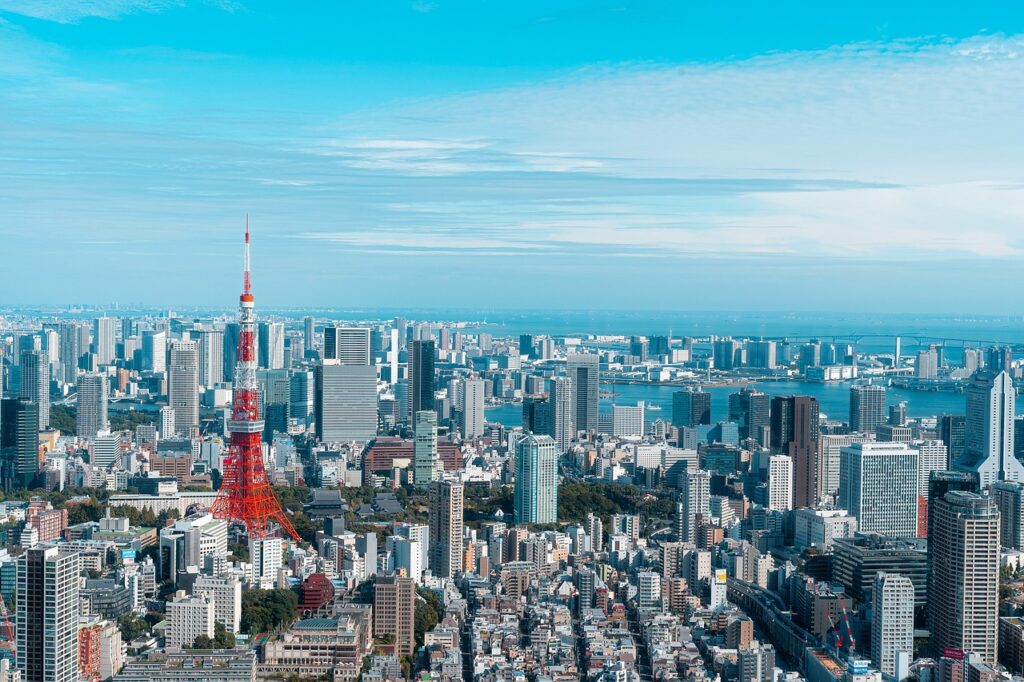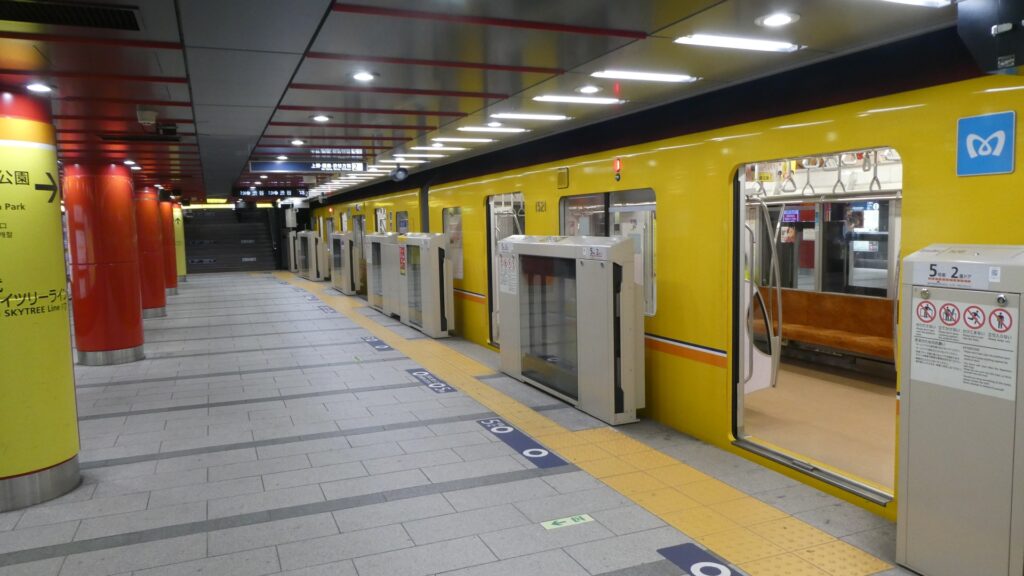Introduction: Why Shinjuku History Matters
When most people think of Shinjuku, they imagine a neon-lit metropolis buzzing with nightlife, shopping, and towering skyscrapers. But beneath the modern chaos lies a rich and layered past. Shinjuku history is a fascinating journey from samurai-era post towns to one of Tokyo’s busiest and most iconic districts. Understanding this evolution offers deeper insights into the city’s culture, resilience, and urban transformation.
In this guide, we’ll uncover the hidden historical layers of Shinjuku, from its humble beginnings in the Edo period to its postwar rebirth and rise as Tokyo’s western commercial powerhouse.
Edo Period Origins: Shinjuku as a Post Town
Shinjuku’s name—literally meaning “new lodging”—dates back to the Edo period (1603–1868), when it was established as a post station (shukuba) on the Koshu Kaido, one of the five major highways radiating from Edo (now Tokyo). This area was known as Naitō Shinjuku, named after the Naitō family, samurai retainers of Tokugawa Ieyasu who owned large tracts of land here.
The post town served as a resting place for travelers heading toward Kofu and other parts of central Japan. Inns, teahouses, and stables lined the roads, creating a lively atmosphere that laid the foundation for Shinjuku’s future identity as a hub of transportation and commerce.
Shinjuku history fact: The original route of the Koshu Kaido still exists and can be partially walked today, offering glimpses into Edo-era life.
Meiji Modernization: Railroads and Red-Light Districts
The Meiji Restoration (1868) triggered massive modernization efforts across Japan. Railroads played a key role in reshaping Shinjuku. In 1885, Shinjuku Station opened as part of the national railway system, marking the start of Shinjuku’s transformation from post town to modern transportation node.
Around the same time, the area saw the emergence of a red-light district called Tsuno-hazu, along with movie theaters and entertainment venues. This duality—transport and pleasure—would remain central to Shinjuku’s identity for decades.
By the early 20th century, Shinjuku was already becoming a magnet for artists, students, and rebels. The seeds of counterculture were being planted.
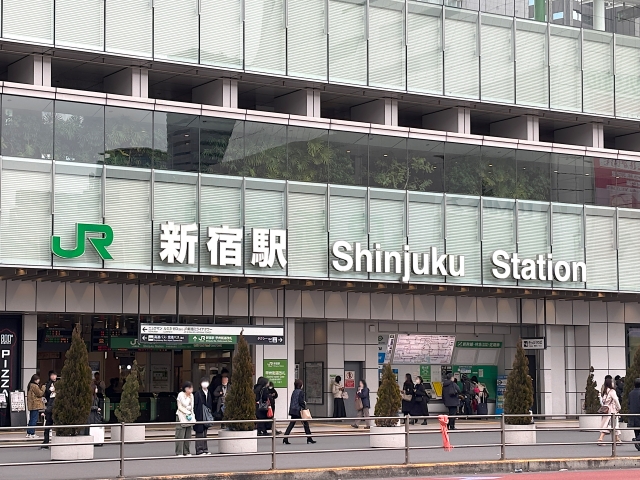
Shinjuku During World War II: Devastation and Survival
World War II was devastating for Tokyo, and Shinjuku was no exception. The area suffered heavy damage during air raids in 1945, particularly around Shinjuku Station and the surrounding neighborhoods. Much of the prewar architecture was lost, but Shinjuku’s importance as a transport hub ensured it would be rebuilt quickly.
After the war, black markets popped up around the station, creating a chaotic but vital source of income and supplies for war-torn citizens. Many of today’s famous alleyways like Omoide Yokocho (Memory Lane) trace their roots to this postwar black-market era.
Shinjuku history tip: Visit Omoide Yokocho to get a feel for postwar Tokyo—dimly lit, smoky, and packed with personality.
The 1960s–1980s: Rebirth as Tokyo’s Skyscraper Capital
One of the most transformative periods in Shinjuku history came during Japan’s postwar economic boom. In the 1960s and 1970s, developers turned their eyes westward from the traditional city center in Marunouchi, and Shinjuku was designated as Tokyo’s “sub-center” (fuku-toshin).
The result was a construction boom that produced some of Japan’s first and tallest skyscrapers, including:
- Keio Plaza Hotel (1971): Japan’s first skyscraper hotel.
- Shinjuku Mitsui Building (1974): A 225-meter black monolith.
- Tokyo Metropolitan Government Building (1991): A futuristic design by Kenzo Tange.
These buildings signified Shinjuku’s evolution from a place of transient travelers to the very heart of Tokyo’s business world.
Cultural Revolution: Counterculture and Nightlife
While developers were reshaping the skyline, a very different revolution was taking place in Shinjuku’s underground culture. In the 1960s and 70s, Shinjuku became a symbol of rebellion. Avant-garde theaters, jazz clubs, and politically charged cafés made it the epicenter of Japan’s student movements and artistic expression.
Notable cultural landmarks include:
- Shinjuku Golden Gai: A network of tiny bars with themes ranging from punk rock to poetry.
- Kinokuniya Bookstore: A haven for intellectuals and readers since the postwar era.
- Shinjuku Loft: One of Tokyo’s most iconic live music venues.
Shinjuku history isn’t just about buildings—it’s about people who challenged norms and created new forms of art, identity, and resistance.
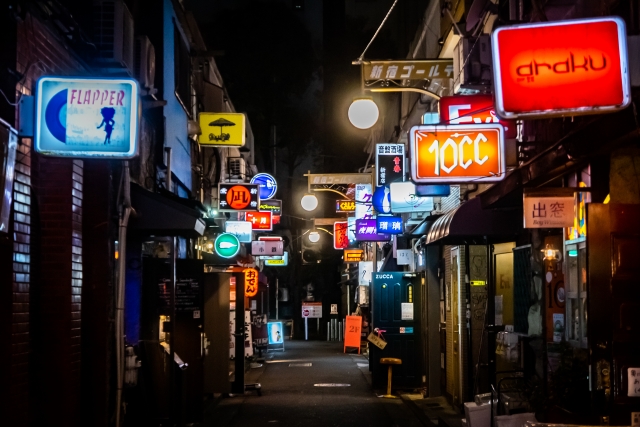
Shinjuku Today: Balancing Modernity and Memory
Today, Shinjuku is a seamless blend of the futuristic and the nostalgic. You can walk from the gleaming skyscrapers of Nishi-Shinjuku to the smoky food stalls of Kabukicho and the peaceful paths of Shinjuku Gyoen National Garden—all within 30 minutes.
- The Koshu Kaido route still runs through the city.
- The Naitō family estate is now Shinjuku Gyoen, a tranquil legacy of the samurai era.
- Historic districts like Golden Gai and Omoide Yokocho continue to thrive.
Best Places to Explore Shinjuku History
Here are some must-visit spots to dive deeper into Shinjuku history:
1. Shinjuku Historical Museum
Learn about the area’s transformation from farmland and post town to megacity. Exhibits include Edo maps, samurai armor, and early photos of Shinjuku.
2. Shinjuku Gyoen
Originally the residence of the Naitō clan, this beautiful garden blends French, English, and Japanese landscaping and reflects over 400 years of change.
3. Omoide Yokocho
A living relic of postwar Japan. Sample yakitori and talk to bar owners who have been here for decades.
4. Golden Gai
Explore Tokyo’s most eclectic nightlife area, once frequented by famous writers and filmmakers.
How Shinjuku History Shapes the Future
Shinjuku’s past is not just a backdrop—it actively shapes how the district grows and adapts. Urban planners reference Edo-period layouts, preservation activists fight to maintain historic districts, and cultural festivals continue to celebrate the area’s heritage.
Even as Shinjuku embraces AI, 5G, and smart infrastructure, its historical DNA remains intact. It’s a place where tradition meets tomorrow.
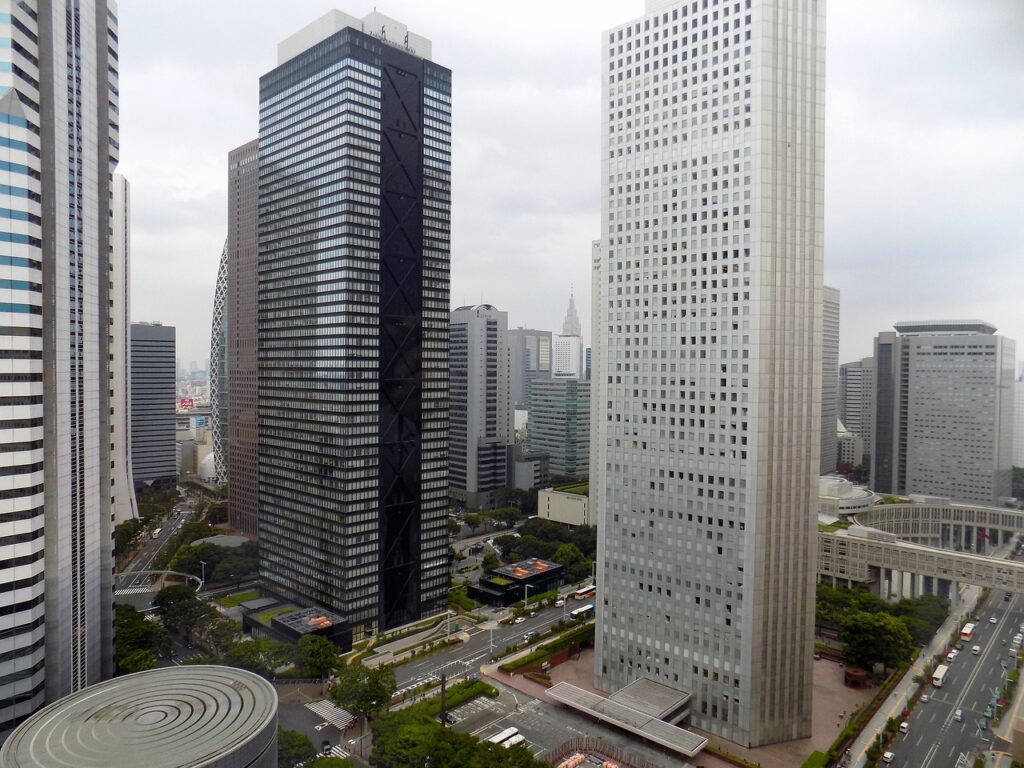
Conclusion: Why Shinjuku History Still Matters
Shinjuku is more than just a train station or entertainment district—it is a mirror of Tokyo’s transformation, struggle, and creativity. From an Edo-era post town to a skyscraper capital, Shinjuku history tells the story of Japan itself: rooted in tradition, yet always looking forward.
Whether you’re a curious traveler, a history buff, or a Tokyo local, exploring Shinjuku through its history will enrich your understanding and appreciation of this dynamic district. Next time you walk through the busy streets of Shinjuku, look a little deeper—you’re walking through centuries of change.
